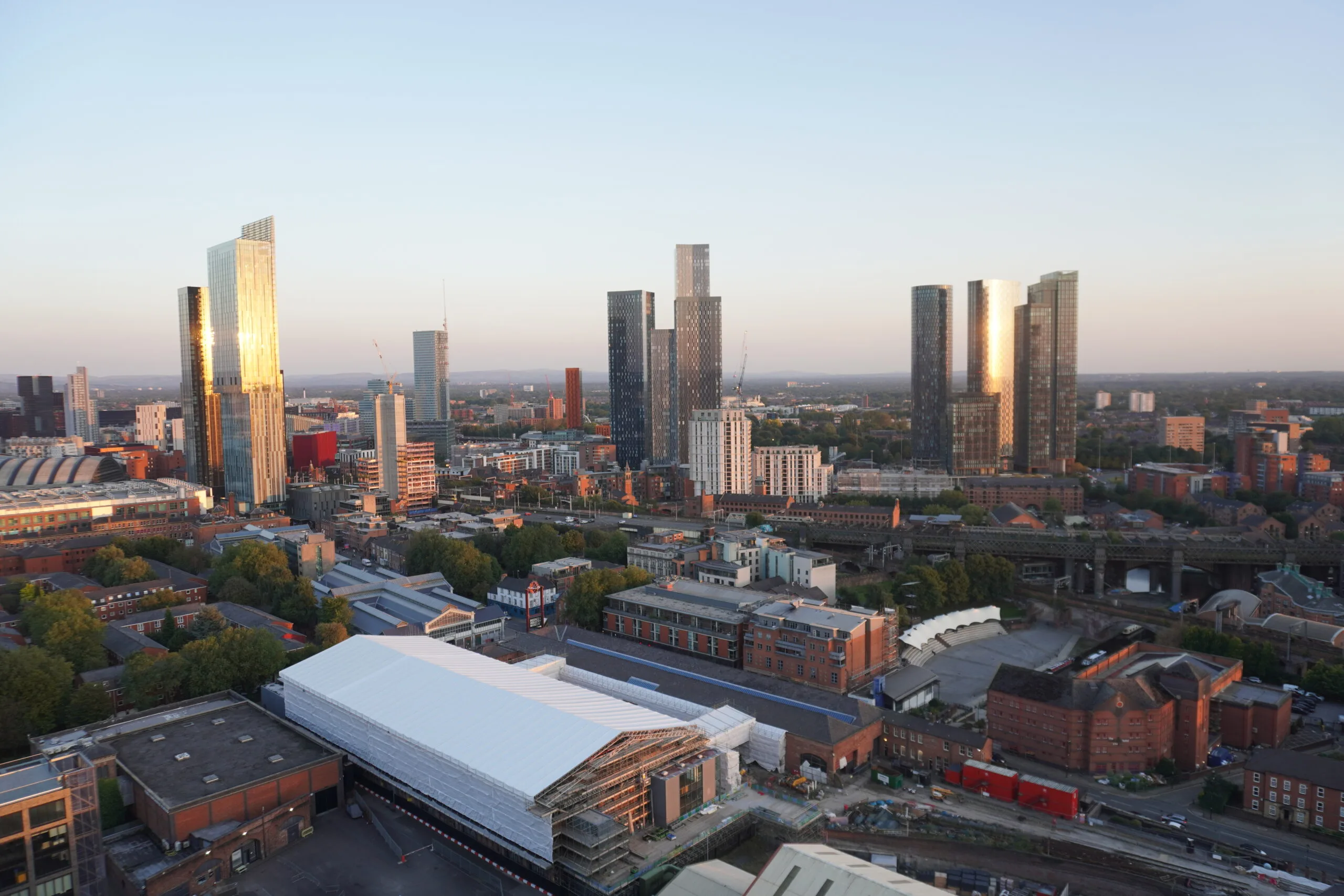Rental yields are an extremely important piece of the puzzle for buy-to-let landlords, and the latest research reveals where investors can expect to make the greatest gains.
As rents across much of the UK continue to rise, while house price growth has remained stable, average annual rental yields for buy-to-let landlords have increased overall.
The returns made by any landlord depends on a wide range of factors, from the price of the property and the level of rental income, to mortgage borrowing levels and any refurbishment costs that may crop up. Rental yields specifically are worked out as the proportion of rent against the property value, and this is often a major focus for landlords when looking at their overall gains.
This has been particularly prominent since house price growth levelled off, after a period of steep acceleration post-Covid, meaning that generating stronger yields became more important. It coincided with mortgage rates going up, meaning monthly expenditure went up for some landlords.
Rental yields continue to climb
New research from Paragon Bank has revealed that average UK rental yields increased once again in the third quarter of 2024, which continues a run of yield rises since the middle of 2022.
Now, the average yield for buy-to-let landlords is 6.72%, says the bank, up from 6.69% at the end of Q2 this year; and from 6.48% in Q3 2023. This is based on the average rental property being valued at £343,356, with an average annual rental income of £23,076, according to Paragon’s data.
Paragon Bank Mortgages Commercial Director Russell Anderson said: “This data is based on offers, so you would expect yield performance to be even better on existing property in landlords’ portfolios, which would have benefited from a longer period of both house price and rental value growth since acquisition.
“Yields are also only one part of the story; the landlord’s specific return on investment will be based on a number of factors, including how they have financed the property, capital gains and also any improvements they make.”
Rental yields can be a good way for property investors to assess their existing or potential investments. By calculating the likely (or achieved) yield, investors can assess how profitable the property is likely to be, while also using it to monitor the value of their investments.
You can compare the rental returns of different properties in order to weigh up which one might generate the best returns over the long term. Other things to consider include whether the property is in an area of high tenant demand; what your ideal tenant type would be; and whether the property is likely to need money spending on it, such as to achieve a better energy performance certificate (EPC) rating.
How to achieve top yields
Paragon Bank’s research delved deeper into where buy-to-let landlords are currently achieving the best rental yields – but the answer is nothing new.
As has been the case for some time, rental properties in the north continue to generate the strongest yields. According to the research, the North East and Cumbria stood out with the highest amounts, with an average of 8.02%. Next was Wales, where landlords can achieve an average of 7.95%.
Greater London landlords continue to receive the lowest rental yields, with an average of 5.52%. This is due to the fact that extremely high property values in the capital are proportionally much higher than rents compared with the rest of the country.
The North West is another top-yielding location, and this has also been marked as the region to expect the biggest house price rises over the next five years, making it a lucrative option for investors looking for both strong rental returns and capital growth.
As well as focusing on the location, property type can also play a role when it comes to rental yields. Paragon’s research has highlighted houses in multiple occupation (HMOs) as continuing to offer some of the highest rental returns of any property type, at 8.34%.
This was followed by freehold blocks, with an average of 6.66%, while flats can expect to generate average yields of 6.02%
Russell Anderson said: “Yield performance has been improving over the past 18 months as house price inflation moderated, but the strong demand for rental property drove rental prices higher. We typically see higher yields achieved by more complex buy-to-let propositions, but strong yields can also be achieved on more basic property types, such as flats and terraced homes.”









